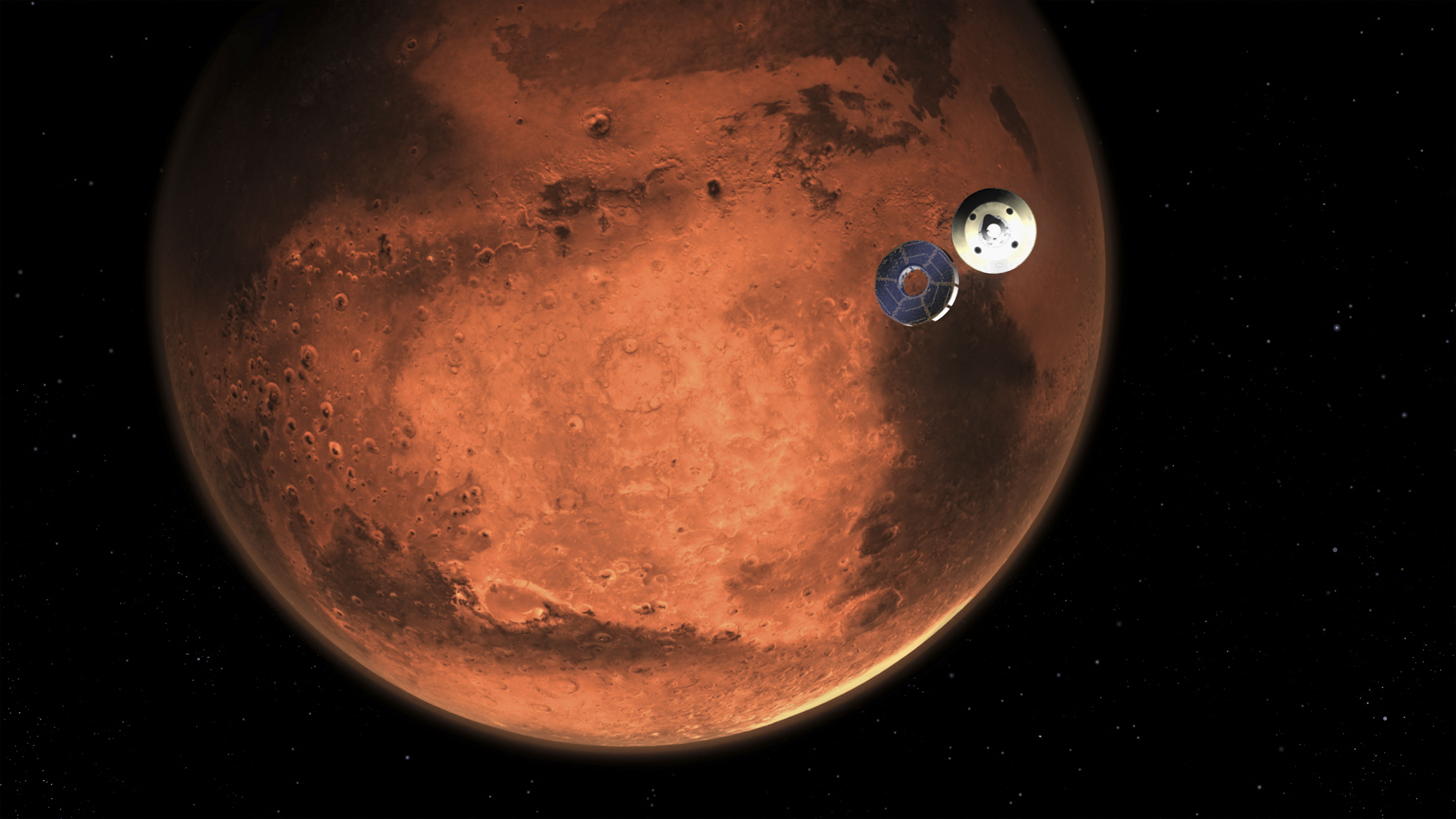Belgian research institution partners with NASA

The Belgian von Karman Institute (VKI) signed an agreement for structural cooperation with the US space agency NASA on Wednesday in New York. The Belgians will help ensure that American spacecraft survive their dangerous re-entry into the atmosphere.
The von Karman Institute for Fluid Dynamics (VKI) is a relatively unknown name to most Belgians, but it is a household name in aviation and space travel. The research and training institute based in Sint-Genesius-Rode near Brussels has world fame in flow dynamics or the way gases and liquids move. This is of great importance in many sectors, especially in aviation and space travel, as well as in the steel industry.
In Sint-Genesius-Rode, the institution has several wind tunnels where it can make measurements at extremely high temperatures and speeds - 15 to 16 times the speed of sound. This enables the institution to measure how much heat space rockets have to endure when they return to the atmosphere, for example.
NASA has been finding its way to the institute for many years now, but their cooperation has been ad hoc all these years. American doctoral students came to the institute to specialise in fluid dynamics, and vice versa. With the cooperation agreement signed on Wednesday, this cooperation will be structural from now on, says Peter Grognard, managing director of the VKI.
The von Karman Institute will develop mathematical models for NASA and test the heat resistance of NASA's Mars explorers, among other things. "The von Karman Institute has been known in the American scientific community for decades," said NASA Director Kent Bress, who signed the agreement on behalf of the US space agency on Wednesday.
The VKI was founded by the Hungarian rocket scientist Theodore von Karman, who went to the US in the 1930s and made an important contribution to the Allied aerospace programme during the Second World War. After the war, von Karman felt that there was a need for more knowledge of aerodynamics in Europe and ended up in Sint-Genesius-Rode, where the first Belgian wind tunnel was built in 1922.
(KOR)
A NASA illustration showing NASA's Perseverance rover minutes before entering the Martian atmosphere. Among other things, The von Karman Institute will test the heat resistance of NASA's Mars explorers © AFP PHOTO /NASA/JPL-Caltech/HANDOUT